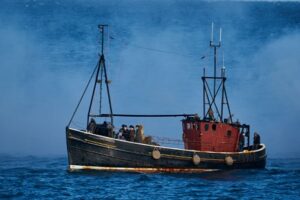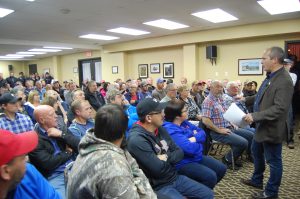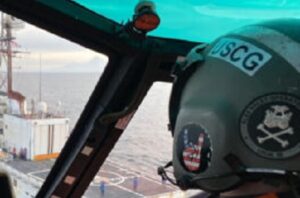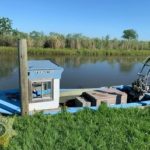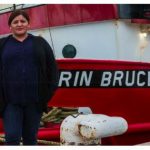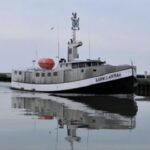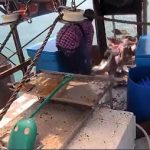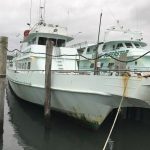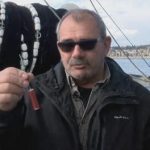Tag Archives: U.S. Bureau of Fisheries
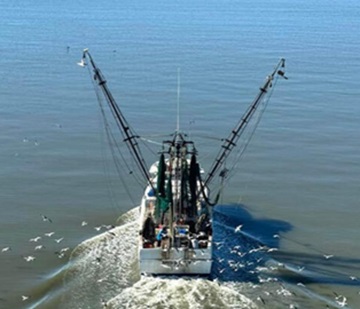
Wild-Caught Shrimp: South Carolina’s Long History
There’s something positively serene about watching shrimp boats trawling our coastal waters. Shrimping has been an important part of our culture in Beaufort and all of South Carolina since long before anyone can remember. In fact it’s been a labor of love for fishermen since before the Civil War and is still alive and kicking today with a thriving market served by dedicated commercial fishermen in the Palmetto State. Shrimp are America’s most valuable and most popular seafood, according to the NOAA Fisheries, and SCDNR tells us that South Carolina is home to three species of shrimp: brown shrimp, white shrimp, and pink shrimp. Brown and white shrimp are more common than pink shrimp, but all three taste the same. >>click to read<< 20:47
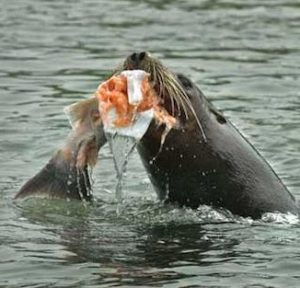
As It Was in 1928: Coastal Newspaper Editor Opposes Killing Sea Lions
On July 24, 1928, the editor of Port Orford News, George Sorenson, called for the end to wanton hunting of sea lions. The misguided carnage had been ongoing for a quarter century, and in 1928 hunters received a $10 bounty for each sea lion scalp. Sorenson urged determination of whether the sea lions should be killed to protect salmon fishing or protected as natural tourist attractions on the Oregon Coast. The media crusade to end the carnage persisted, support grew, and the state responded by reducing the bounty to 50 cents. By 1930, the U. S. Bureau of Fisheries had determined that the sea lions did not hurt commercial salmon populations. Audio, >click to read<10:00
Save the research vessel John N. Cobb – A part of NW fishing science could be lost
 On Feb. 26, 1962, Charles R. “Bob” Hitz volunteered for his first assignment as chief scientist aboard the John N. Cobb, a 93-foot wooden-hulled research vessel operated by the U.S. Bureau of Fisheries. He was 29 years old and had worked for the bureau two years. Departing Seattle, he and nearly a dozen other crew and scientists motored out of the Strait of Juan de Fuca to the mouth of the Columbia River to take samples of fish for the Atomic Energy Commission. The AEC wanted to know whether fish in the Pacific Ocean had picked up radioactive material from the Hanford nuclear plants hundreds of miles upriver. more@crosscut 07:35
On Feb. 26, 1962, Charles R. “Bob” Hitz volunteered for his first assignment as chief scientist aboard the John N. Cobb, a 93-foot wooden-hulled research vessel operated by the U.S. Bureau of Fisheries. He was 29 years old and had worked for the bureau two years. Departing Seattle, he and nearly a dozen other crew and scientists motored out of the Strait of Juan de Fuca to the mouth of the Columbia River to take samples of fish for the Atomic Energy Commission. The AEC wanted to know whether fish in the Pacific Ocean had picked up radioactive material from the Hanford nuclear plants hundreds of miles upriver. more@crosscut 07:35

































